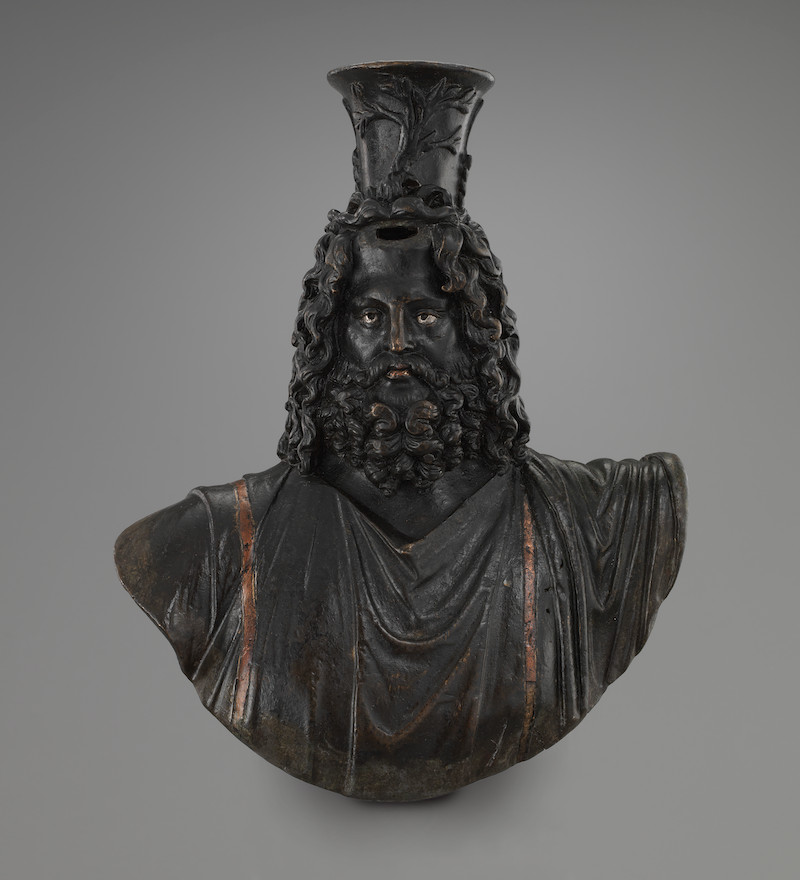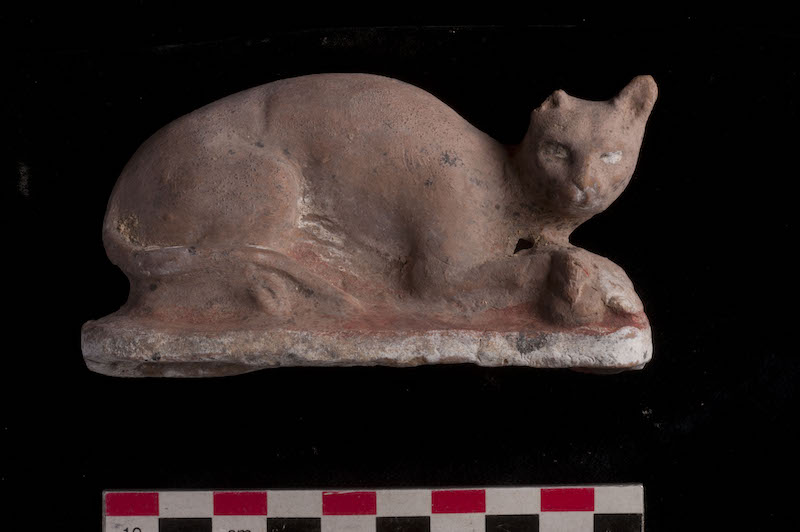Alexandria: Pearl of the Mediterranean
The history of the Pearl of the Mediterranean – a city I have visited many times over the last four decades – began when Alexander the Great stopped at a sleepy fishing village and realized that the island lying off her coast was the same immortalized by Homer, who identified it as the home of Proteus, a chameleon-like deity who changed shapes at will. The conqueror immediately knew the site had potential because uniting it to the mainland by means of a causeway would create a double harbor, enabling ships to sail into and out of the city regardless of prevailing weather conditions. Such a great port city could be the funnel through which the wealth of Egypt would pour. A city in this location also would be far removed from the grasp of the Persians, with whom Alexander was warring. Thus, the city was founded and eponymously named Alexandria, as were many others. Yet this one on the Mediterranean was to eclipse them all. Her fame was soon linked to that of Sarapis, an obscure god whose worship was already established at the site prior to Alexander’s arrival.
 The god Sarapis
The god SarapisAlexander did not remain in Egypt long enough to witness the construction of his glorious legacy, which continued in earnest under Ptolemy, son of Lagus, Alexander’s trusted general and biographer, who may also have been a relative. On proclaiming himself pharaoh and permanently moving the capital from Memphis to Alexandria, Ptolemy continued to build – a passion embraced by his son and successor, Ptolemy II. Soon gracing the city were a grand palace complex with its famous Museion and Library, an enormous lighthouse that became one of the seven wonders of the ancient world, and the huge temple enclosure of the god Sarapis. The cemetery of Chatby and that of Mustapha Kamel, the façades of which imitated those of the royal Macedonian burials at Vergina, Greece, housed the mortal remains of the city’s elite population. As an indication of the city’s importance, the body of Alexander the Great was purposefully moved from its initial place of interment at Memphis to Alexandria, only to be relocated for the third time to a special royal sepulcher erected by Ptolemy IV. Its location within the city of Alexandria, and not at any other location, is amply attested by numerous literary sources that describe visits of Roman emperors to his tomb. However, the location of that tomb remains the subject of persistent investigation and mystery.
In Alexandria, buildings everywhere were constructed in glistening marble so white that wags, as heirs to today’s fashionistas, openly advised visitors and residents to wear black to make an impression. Recent studies reveal an enormous series of worked blocks, in both marble and limestone, which belonged to the types of porticos, or pillared halls, characteristic of Alexandrian architecture. Many of these blocks were never actually erected. They appear to have remained lying on the ground, littering the landscape. This accords well with the pharaonic designation of Ptolemaic Alexandria as “Rhacotis,” which means the place that is in a perpetual state of being built. In fact, ancient Alexandria never seemed to have been completed. Even Cleopatra VII contributed to the construction efforts by erecting a temple to Julius Caesar not far from Ramleh Square in the city’s center. The Roman Emperor Augustus eventually appointed the structure with two obelisks, one found lying on the ground and the second, still standing, transported and re-erected in the 19th century on the Thames Embankment in London and in New York’s Central Park, respectively. The suicide of Cleopatra VII and the annexation of Egypt as the private property of Augustus did not slake the city’s thirst for building. The cavernous, underground catacomb of Kom esch-Chugafa and the extensive excavations at Kom el Dikka, in the center of the modern city of Alexandria, both attest to her perpetual state of “under construction.”
All archaeologists must recognize the balancing act between rescuing a common heritage and the needs of a modern, urban population. Amid this realization, new excavations and re-examinations of ancient sites in Alexandria have contributed significantly to current understanding of the ancient city, including these three discoveries:
![]()
- 1. Less than a decade ago, to the surprise of scholars who believed the Ptolemies did not favor pharaonic animal cults, a cemetery devoted to cats—ostensibly related to the pharaonic goddess Bubastis whom one equates with classical Artemis—was discovered in the center of Alexandria. The excavators uncovered three cachettes, or deposits, the second of which was dominated by statuettes of cats, some of which were gilded, others inscribed. The find is forcing scholars to reconsider the Ptolemaic regime’s attitude toward zoolatry.
- 2. Members of the French Centre for Alexandria Studies have identified and reconstructed on paper a number of enormous red granite blocks that formed the monumental doorway to the Pharos Lighthouse. That reconstruction not only contributes to our understanding of the design of that structure but also enables us to extrapolate the structure’s overall dimensions.
- 3. In 2018 the Ministry of Egyptian Antiquities announced the discovery of a black granite sarcophagus, estimated to weigh 30 tons, which represents one of the few sarcophagi of that material discovered in the city. Surprisingly, the sarcophagus contained a multiple burial where the deceased were interred with exquisitely crafted gold plaques—a find that is contributing to scholarly understanding of the period’s funerary practices.
These and other archaeological discoveries and re-examinations will continue to reveal the secrets of ancient Alexandria, adding richness to the stories from visits yet to come.

